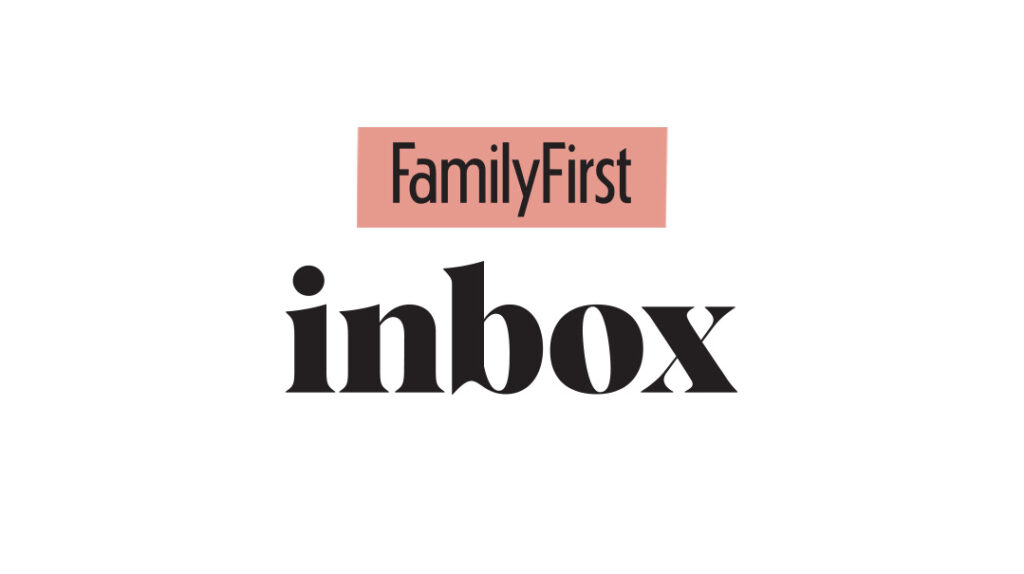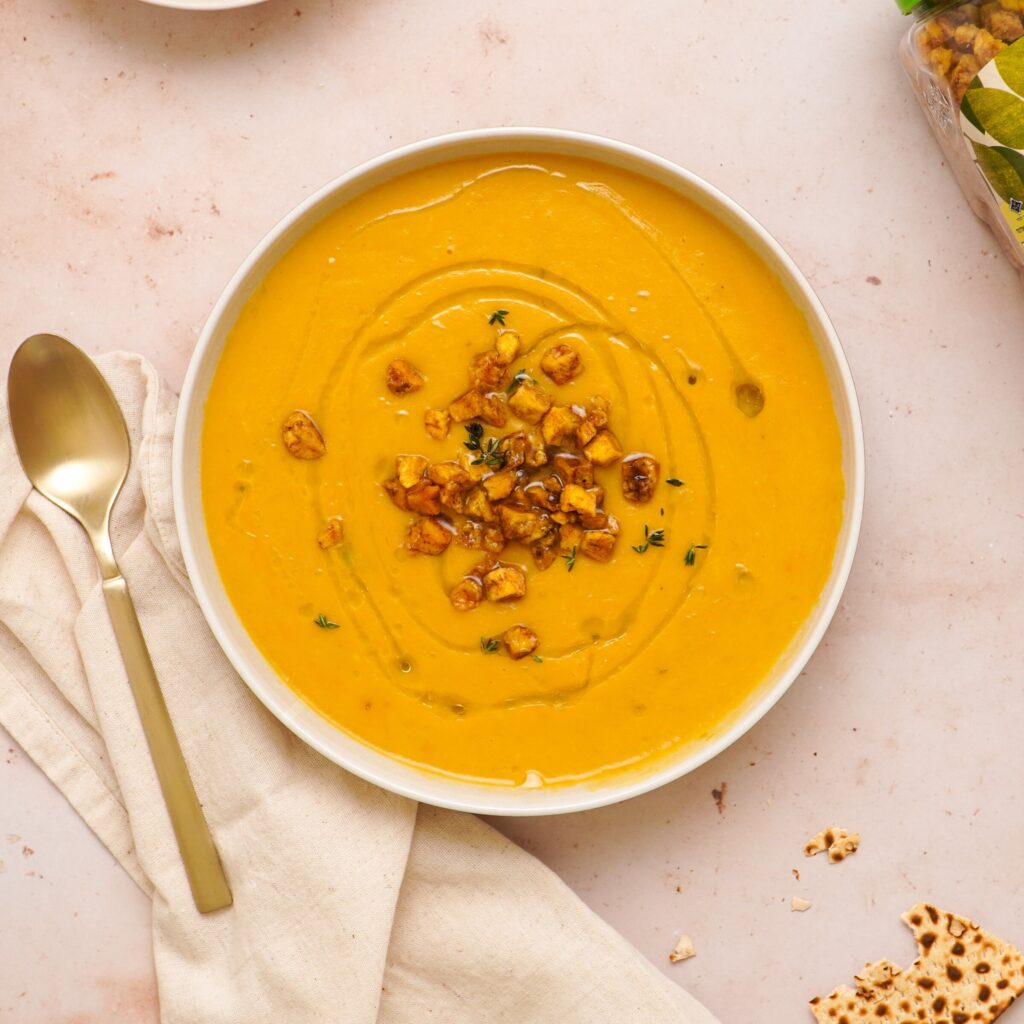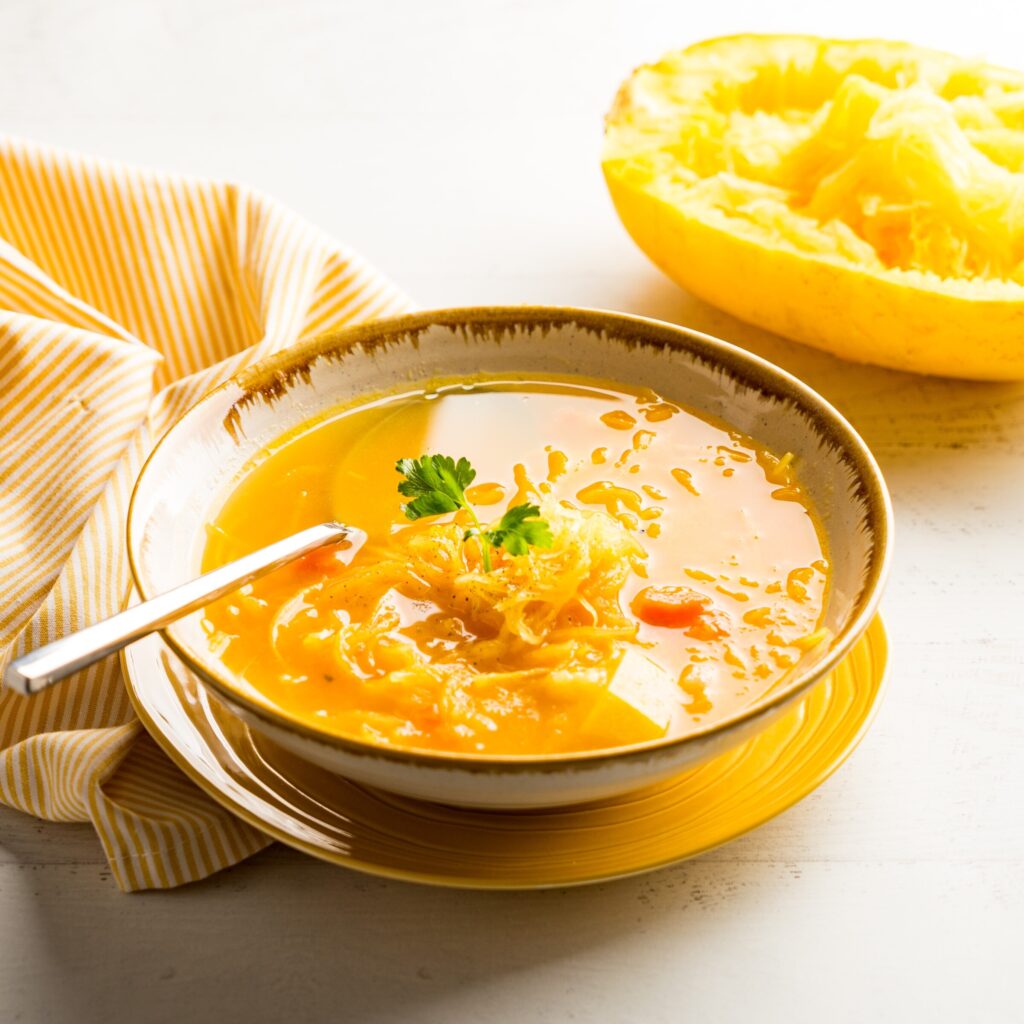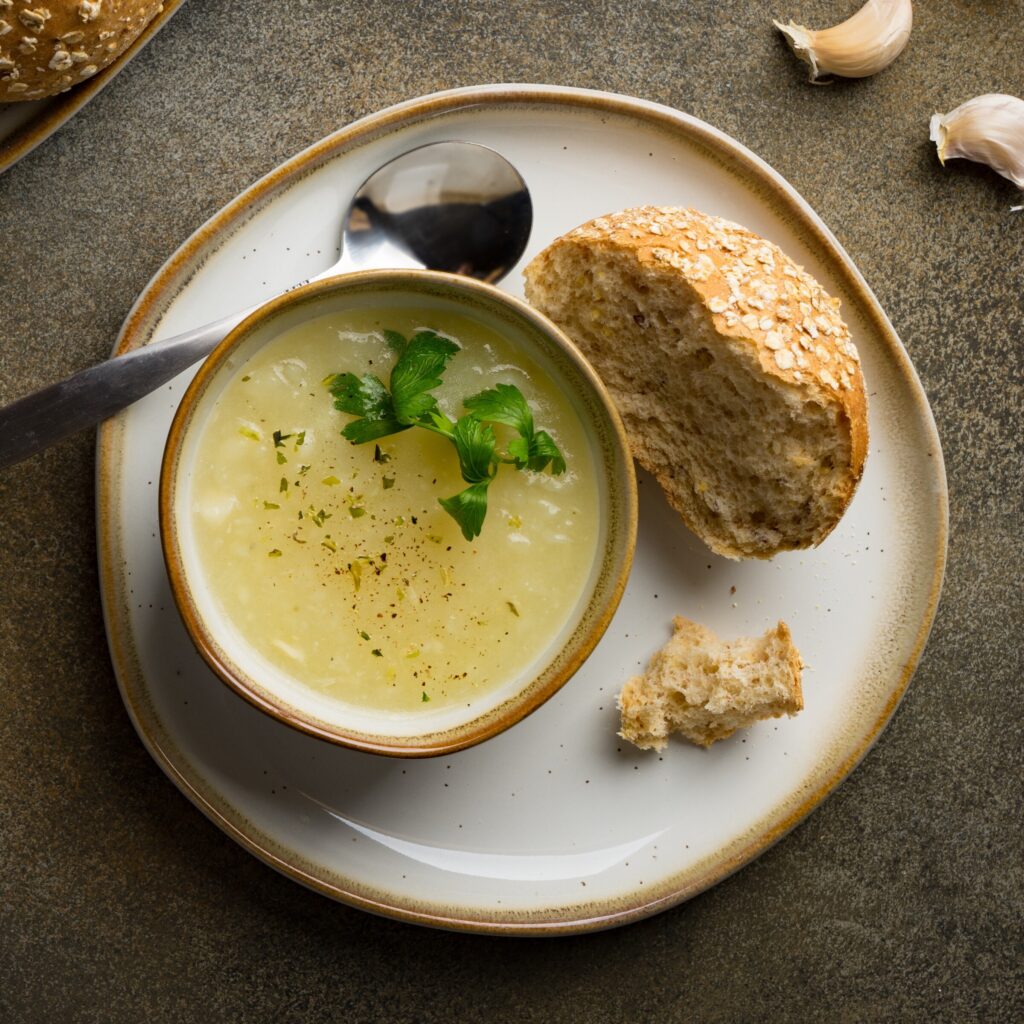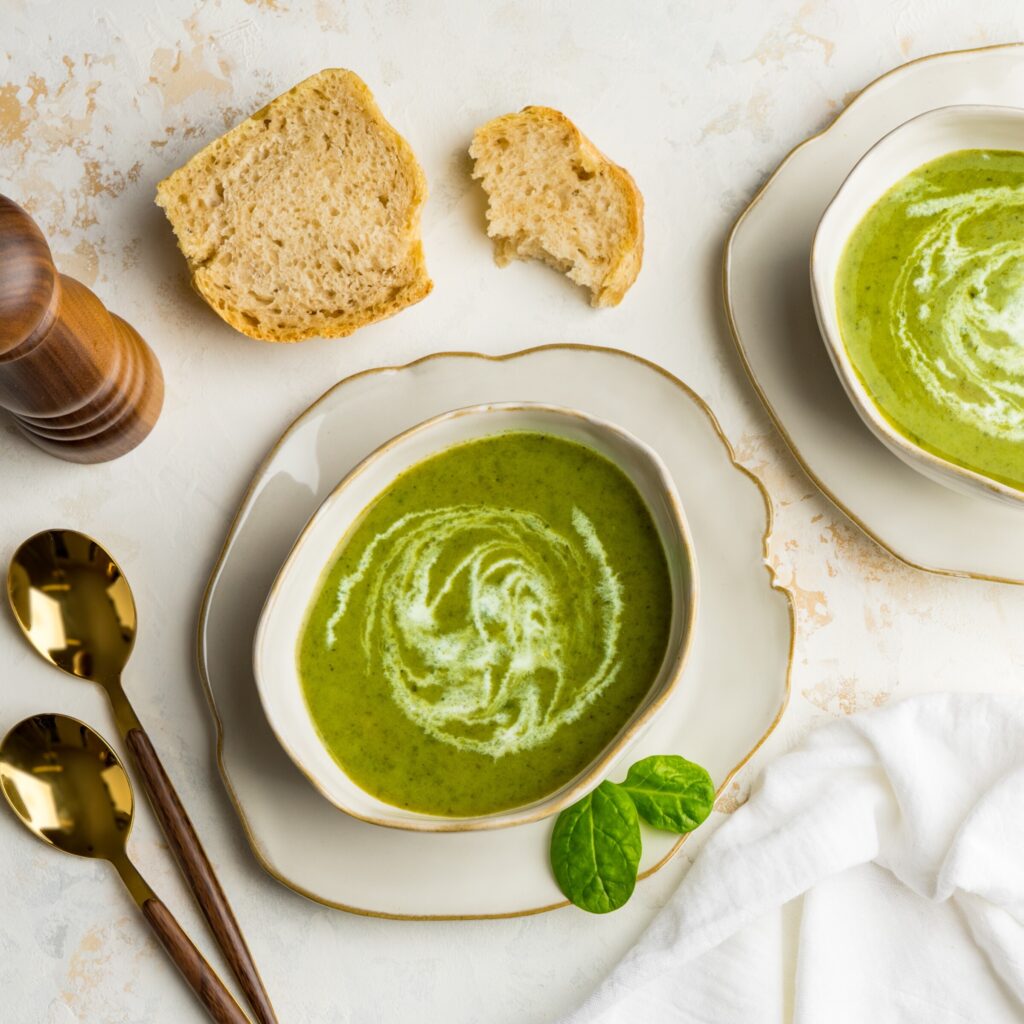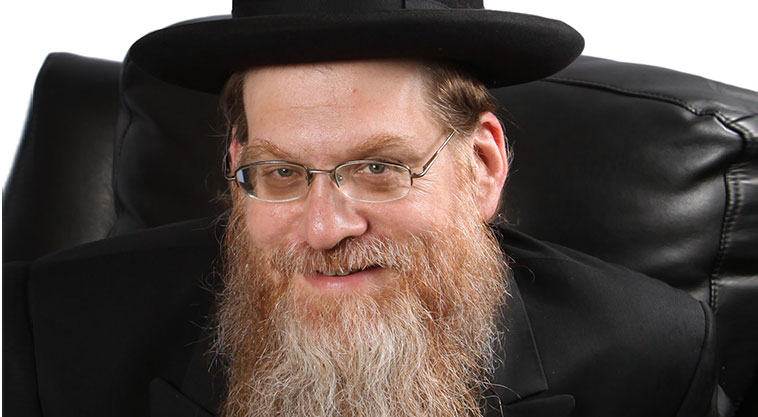
“The joy I once felt when in the classroom has been replaced by a dread for each new day in school, due to the chutzpah”

“How could you endorse Mamdani?” Tough questions for Satmar askan Rabbi Moishe Indig

The Sdeh Teiman affair may well prove to be the first strand of the government legal system unraveling

Who am I to my late husband’s family?





I thought placing our baby in foster care was the right decision. But giving him away was harder than bringing him home

“Please, it’s time to change the narrative and focus on what’s a bigger struggle to many. We must love every Yid… even a chareidi one”

“If a Jew who knew no English was so careful about Shabbos, I know I can keep Shabbos, too”
